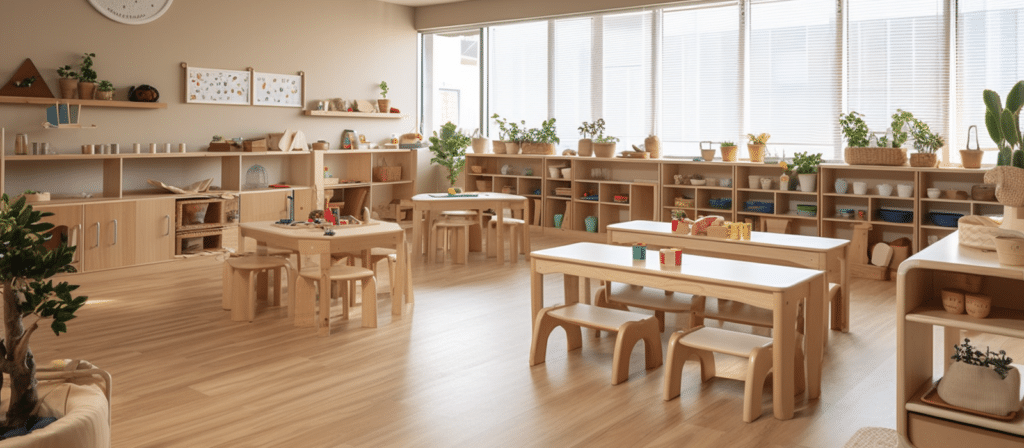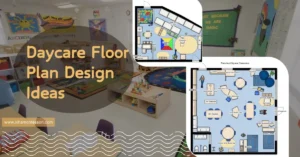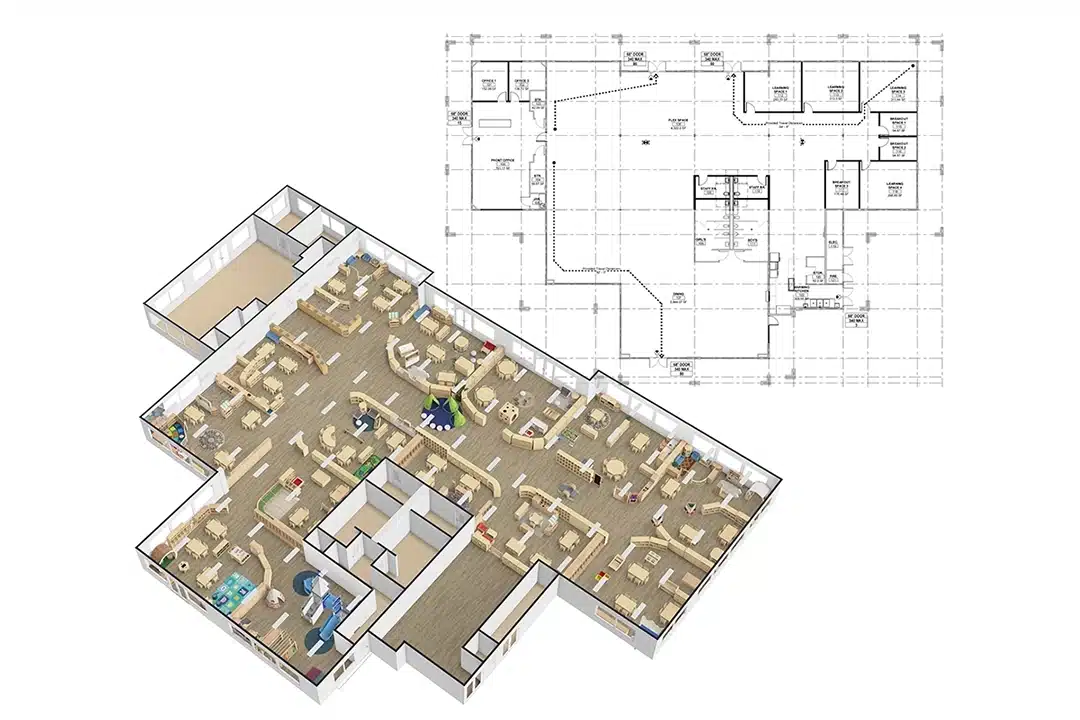Preschool furniture, often overlooked, plays a pivotal role in shaping young minds. This article delves into safety, functionality, and aesthetics when choosing preschool furniture. Let’s embark on a journey to create enriching learning environments for our little ones.
Understanding the Basics of Preschool Furniture
Defining Safety Standards: What Makes Furniture Safe for Kids?
Preschool furniture must adhere to stringent national and international safety standards. From rounded edges to non-toxic materials, these standards ensure that every piece of furniture is a haven of safety for children. The absence of sharp corners and harmful chemicals guarantees peace of mind for parents and educators alike.
Importance of Durability: Why Sturdy Furniture Matters?
Durability and safety are inseparable companions. Sturdy furniture can withstand the vitality of young learners, reducing the risk of accidents. But it goes beyond that – long-lasting furniture reduces replacement costs, contributing to sustainable and budget-friendly solutions.
Balancing Functionality and Aesthetics
Preschool furniture should be more than just functional; it should inspire creativity and curiosity. Tables and chairs with vibrant colors and ergonomic designs foster engagement and create an environment where learning feels like play. The synergy of functionality and aesthetics is the heart of effective preschool design.
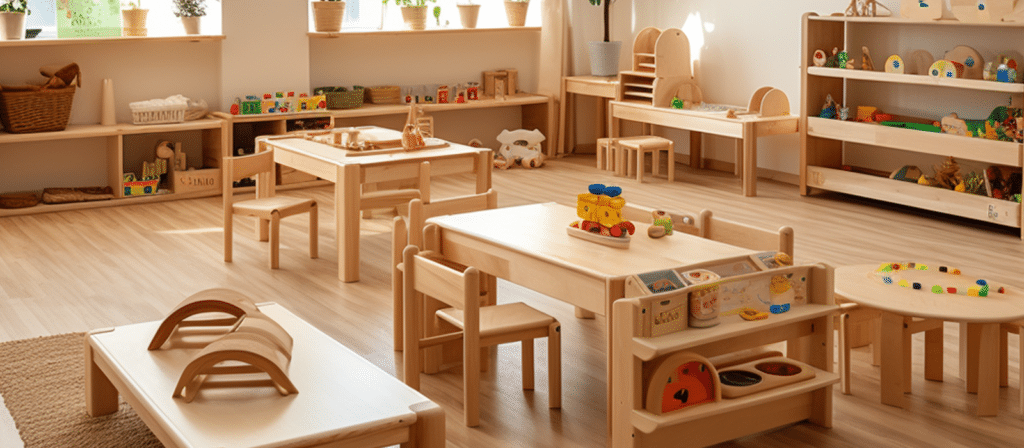
Essential Features of Safe and Durable Preschool Furniture
Child-Friendly Design Considerations
Preschool furniture should be scaled to fit small bodies. Appropriate size and height ensure comfort and reduce the risk of posture-related issues. Furthermore, using colors and shapes tailored to child development stages can stimulate cognitive growth, making learning enjoyable.
Material Matters: Choosing the Right Build for Longevity and Safety
Selecting the suitable material for preschool furniture is pivotal. Wood, plastic, and metal each have their merits. Wood exudes warmth and durability. Plastic offers easy maintenance, while metal adds a touch of modernity. However, eco-conscious choices, like sustainable wood and recycled plastics, can elevate your furniture to eco-friendly and child-safe status.
Adjustability and Flexibility: Adapting to Every Child’s Needs
Children are diverse, and their needs evolve. Furniture that can adapt to various learning activities and cater to different heights and abilities ensures every child has a place at the table. Innovative designslike modular seating and adjustable desks promote inclusivity and flexibility in preschool settings.
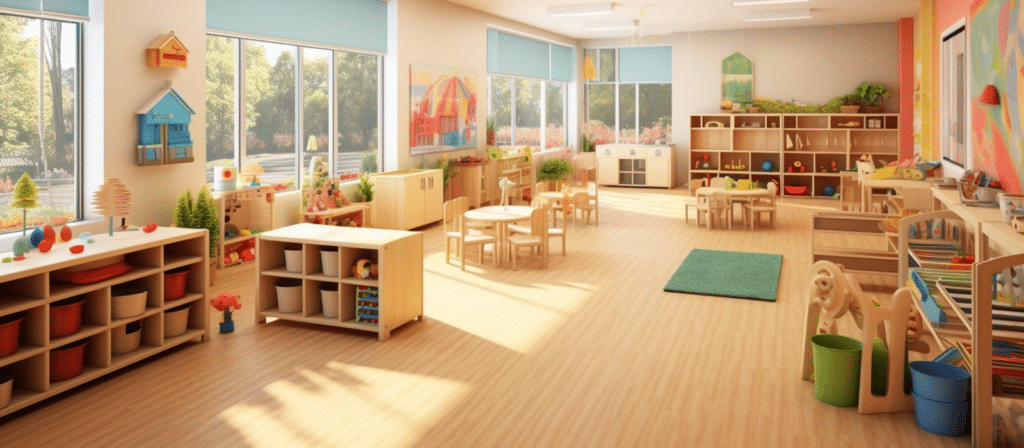
Practical Tips for Selecting the Best Preschool Furniture
Researching and Evaluating Suppliers
Finding reputable suppliers and manufacturers is the cornerstone of a successful furniture selection process. Reading reviews and gathering recommendations from fellow educators and parents can provide invaluable insights into the reliability and quality of potential suppliers.
Budgeting Wisely: Balancing Quality and Cost
Budget constraints are a reality, but compromising on safety and durability is not an option. Smart budgeting involves setting realistic financial parameters and prioritizing essential features. High-quality preschool furniture may have a higher price tag, but it’s a long-term investment that pays dividends in safety and longevity.
Making Safety and Durability a Priority
Before finalizing your choices, employ a comprehensive checklist to ensure your selected furniture meets all safety and durability criteria. Regular maintenance checks and immediate repairs are non-negotiable for preserving the safety and functionality of preschool furniture.
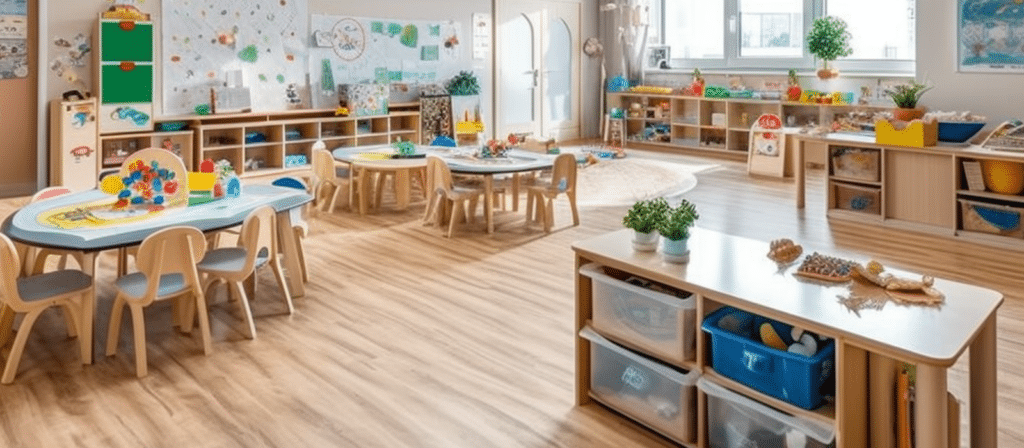
Conclusion
In closing, choosing preschool furniture is critical in creating environments that nurture young minds. By prioritizing safety, durability, and thoughtful design, we lay the foundation for a generation of confident and eager learners. Let’s take action today to provide our preschoolers with the safe and enriching spaces they deserve.

